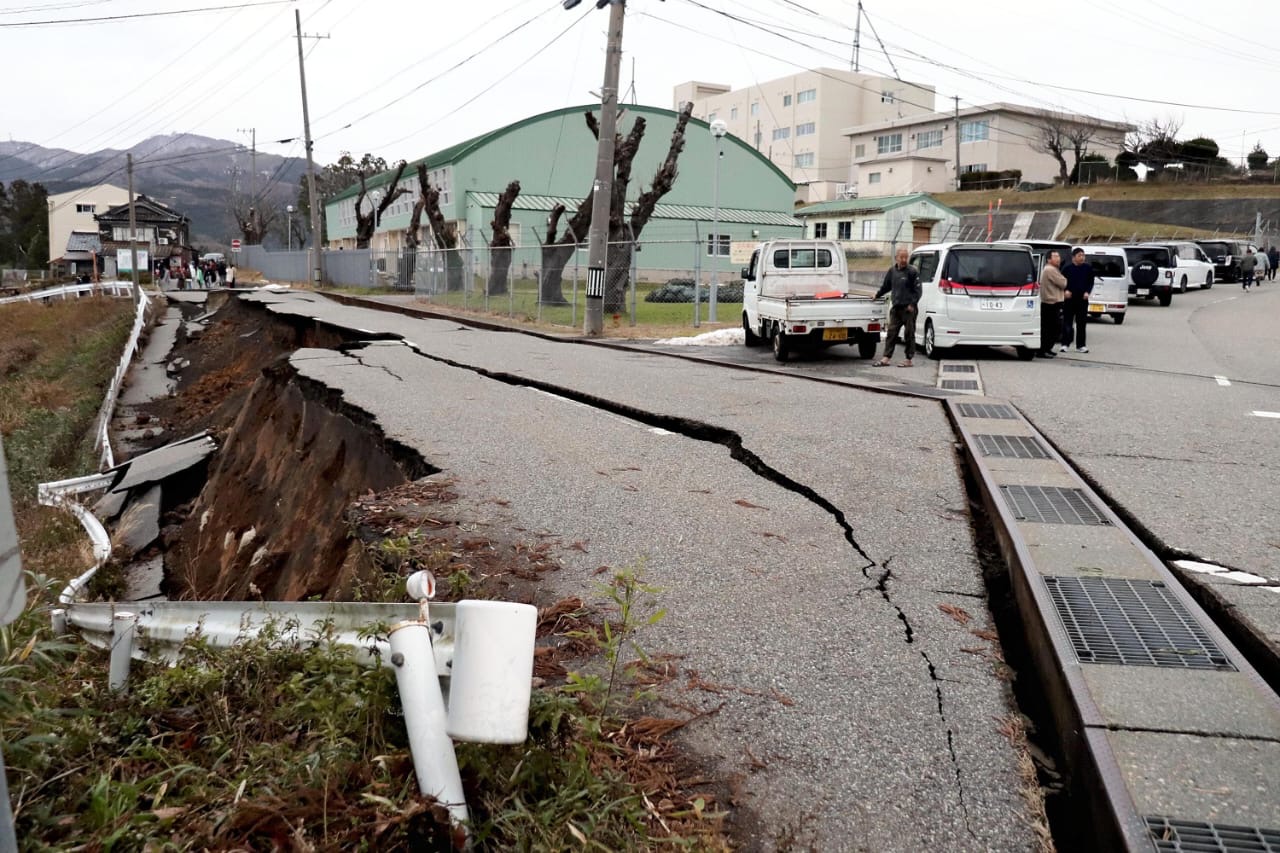In recent times, hunger protests, initially sparked by genuine grievances over food scarcity and economic hardship, have been hijacked by hoodlums, transforming peaceful demonstrations into scenes of chaos and terror.
This shift has had profound implications for Northern states, exacerbating already tense situations and spreading fear among local populations. This article explores how these protests were co-opted by criminal elements, the impact on affected communities, and potential solutions to address the underlying issues.
Origins of the Hunger Protests
The hunger protests began as a response to escalating food prices and economic mismanagement. In many Northern states, agricultural decline, poor governance, and inflation have combined to create dire food shortages. Citizens, already struggling to make ends meet, took to the streets to voice their frustrations and demand action from the government. Initially, these protests were characterized by peaceful marches, organized rallies, and calls for systemic reform.
The Infiltration by Hoodlums
However, it did not take long for the protests to attract the attention of hoodlums and criminal elements. These groups, often with their own agendas and motivations, saw an opportunity to exploit the chaos for their benefit. They infiltrated the protests, turning what were initially peaceful demonstrations into violent confrontations.
Hoodlums, driven by personal gain or political agendas, began to manipulate the protests. They used the cover of large crowds to engage in looting, arson, and vandalism. The peaceful nature of the protests was quickly overshadowed by acts of violence and intimidation. This transformation not only undermined the original goals of the protests but also created a pervasive atmosphere of fear and insecurity.
Impact on Northern States
The spread of terror through the hijacked protests had a profound impact on Northern states. Communities that were already vulnerable due to economic instability and food shortages found themselves facing additional threats. The fear of violence and destruction led to the closure of businesses, disruption of daily life, and a general sense of insecurity.
READ ALSO:Zenith Bank Plc Unveils Hybrid Rights Issue and Public Offer to Raise N290 Billion
Moreover, the violent turn of the protests further polarized the population. Different groups began to blame each other for the violence, deepening existing divisions and eroding social cohesion. The government’s inability to control the situation and ensure the safety of its citizens led to a loss of trust and credibility among the populace.
Government Response and Challenges
In response to the escalating violence, the government attempted various measures to restore order. Security forces were deployed to manage the unrest, and curfews were imposed to limit the movement of people. However, these measures often exacerbated the situation, leading to clashes between protesters and security personnel.
One of the significant challenges faced by the government was distinguishing between genuine protesters and hoodlums. The lack of clear communication and intelligence on the ground made it difficult to address the root causes of the unrest while dealing with the immediate security threats.
Additionally, the focus on controlling the violence often overshadowed the need to address the underlying issues of food scarcity and economic mismanagement. Without a comprehensive approach that tackled both the immediate and root causes of the protests, the cycle of violence and unrest persisted.
Community Response and Resilience
Despite the challenges, local communities demonstrated remarkable resilience in the face of adversity. Grassroots organizations and community leaders worked tirelessly to provide aid, support, and a sense of normalcy. They organized relief efforts, engaged in dialogue with authorities, and sought to rebuild trust within their communities.
These efforts highlighted the strength and solidarity of the affected populations. They showed that even in the face of hijacked protests and spreading terror, the spirit of community and the desire for peaceful resolution remained strong. However, these initiatives were often hampered by the ongoing violence and instability.
Path Forward: Addressing the Crisis
To effectively address the crisis, a multi-faceted approach is needed. First and foremost, the underlying issues of food scarcity and economic mismanagement must be addressed. This involves not only improving agricultural productivity and managing resources more efficiently but also ensuring that economic policies are designed to support vulnerable populations.
Secondly, efforts must be made to prevent the infiltration of hoodlums and criminal elements into protests. This requires better intelligence, improved communication, and a nuanced understanding of the dynamics at play. Security forces must be trained to handle protests in a way that protects both the safety of citizens and the integrity of peaceful demonstrations.
Finally, rebuilding trust between the government and the populace is crucial. Transparent communication, genuine efforts to address grievances, and support for community-led initiatives can help restore confidence and stability. Engaging with local leaders and involving communities in decision-making processes can also foster a more collaborative approach to resolving conflicts.
Also,
The hijacking of hunger protests by hoodlums and the ensuing spread of terror in Northern states have underscored the complex interplay between economic hardship, social unrest, and criminal exploitation. While the immediate violence and disruption have been severe, the underlying issues of food scarcity and economic mismanagement must be addressed to create lasting solutions.
By focusing on both the immediate and root causes of the crisis, and by fostering collaboration between government, communities, and security forces, there is hope for restoring peace and stability in the affected regions. The resilience demonstrated by local communities offers a glimmer of hope, but a comprehensive and compassionate approach is essential to overcome the challenges and build a more secure and equitable future.




